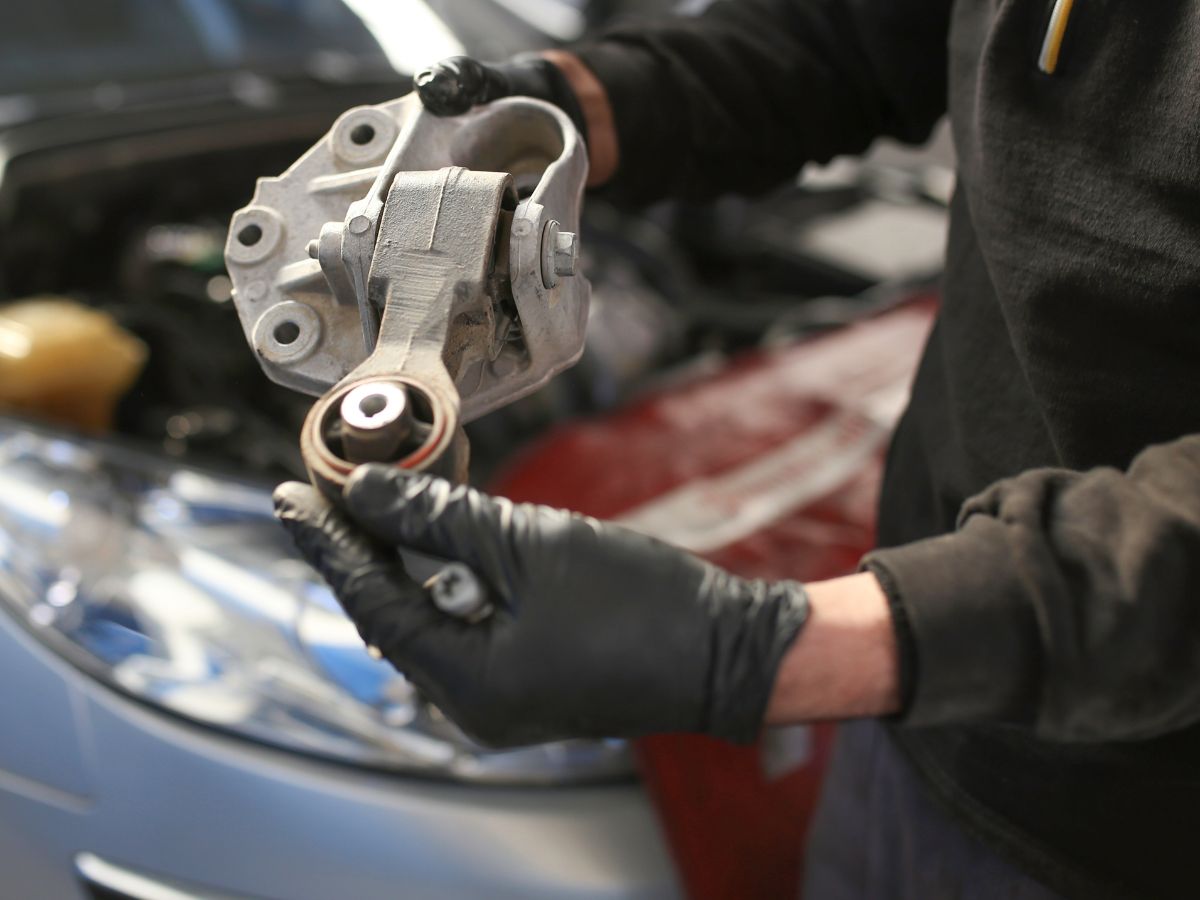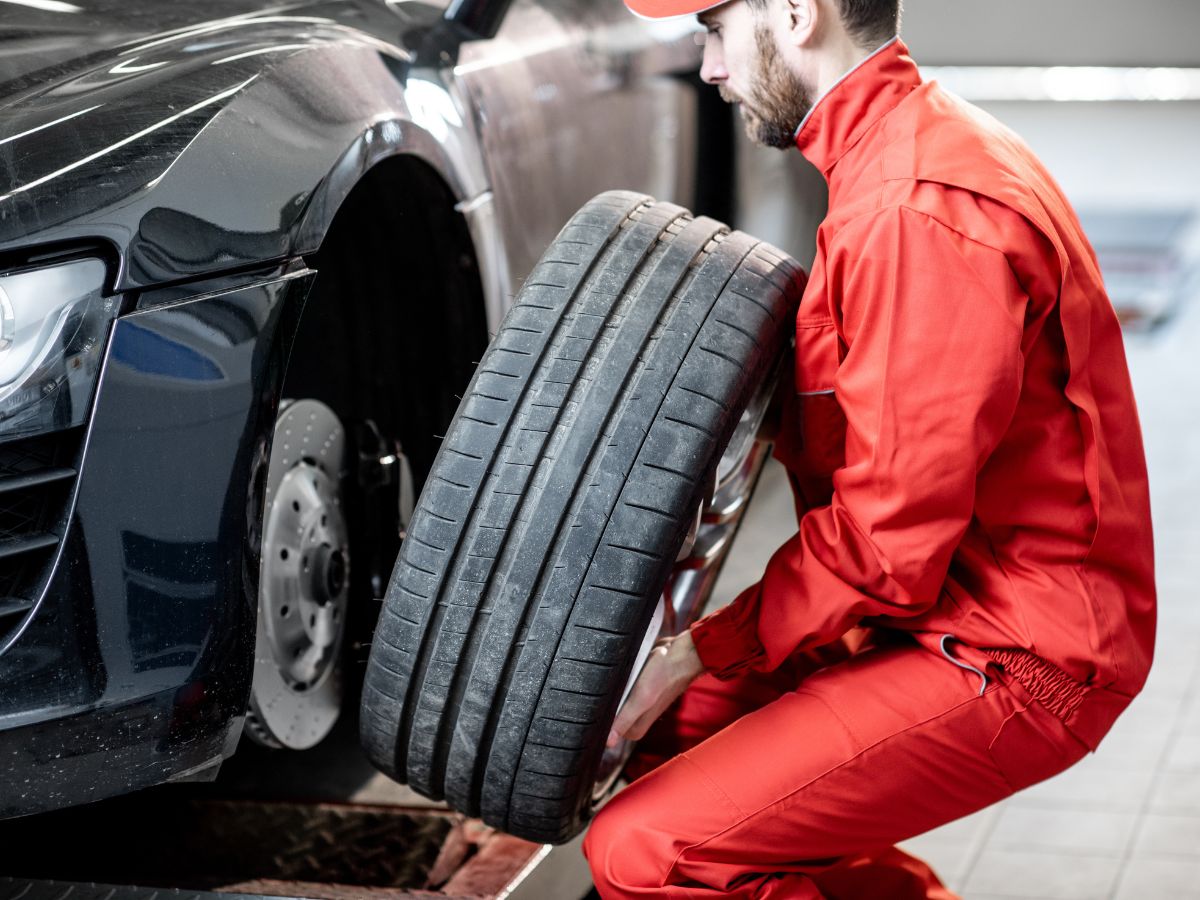Deciding when and whether to replace your vehicle's engine mounts can be a tricky decision. These components seem simple, yet play a critical role in drivetrain stability, NVH reduction, and even performance. When worn, they allow excessive engine movement that damages other components and degrades driving dynamics. This comprehensive DIY guide will provide key insights on proactively identifying failing mounts, weighing the costs of replacement, and determining the best path forward. Arm yourself with knowledge before tackling this important maintenance task.
Understanding Engine Mounts and When to Change Them
Engine mounts are the flexible coupler components between an automobile engine and chassis that dampen vibrations and securely position the powertrain. Constructed using steel and rubber or fluid-filled hydraulic chambers, they prevent excessive motion that leads to driveline stress and noise. There are typically four mounts in longitudinal engine configurations, with transverse designs employing one to three mounts.
Signs that your existing engine mounts need replacement include:
- Excessive Engine Movement - The engine shifts beyond normal when accelerating and braking. This strains components and indicates mount failure.
- Abnormal Vibrations - Bad mounts transmit more NVH into the cabin. Vibrations will be most noticeable at idle.
- Visible Cracks or Failure - Direct observation of split rubber, detached mounts, or fluid leaks signals the need for replacement.
Catching and addressing mount degradation early on avoids secondary problems and major repair bills down the road. Now let's explore changing engine mounts' cost considerations in-depth.
What Does Replacing Engine Mounts Cost?
As with any automotive repair, cost depends greatly on year, make, model, and labor rates. However, on average, plan on a total bill of $446 to $498 per month. This includes:

- Parts Cost - Basic rubber or steel mounts run $10 to $150. Upgraded hydraulic or active mounts for luxury vehicles fetch over $400.
- Labor Charges - Expect $100 to $450 for the work of accessing, removing, and installing the mounting hardware. Most jobs take 1-3 hours.
With parts on the low end but labor hours on the high side, addressing bad mounts is not cheap. Now let's look at ways to reduce this hit to your wallet.
Save on Replacement: DIY or Buy Aftermarket Parts
Performing the Swap Yourself
Replacing engine mounts seems intimidating but is very approachable for driveway mechanics with jack stands and basic tools. Accessing the mounts does require getting under the vehicle and working in tight quarters. However, the actual removal and installation using hand tools is straightforward. Refer to online tutorials for step-by-step visual guides. Plan on a long Saturday afternoon rather than rushing it. DIY costs can be under $150 in total.
Needed Tools
- Floor Jack and Jack Stands
- Basic Hand Tool Set (wrenches, sockets, screwdrivers)
- Torque Wrench
- Pry Bar
- Catch Pan for Fluids
Take it slow, use care under the vehicle, allow parts to fully cool before touching, and double-check check all bolts are properly torqued. Saving money is great but safety comes first.
Opting for Aftermarket Replacements
Beyond the labor cost itself, OE dealership and name-brand parts markups account for a sizable portion of overall replacement bills. quality aftermarket mounts provide huge savings with equivalent durability. Expect around 50% less than dealer prices. Brands to look at include:
- Beck Arnley
- Anchor
- DEA
- Merit
- ProParts
- URO Parts
Searching online parts warehouses yields affordable deals. Having the factory part number from under the hood or service manual expedites finding the right match. Make sure to buy mounts in sets for optimal balancing.
Key Factors When Budgeting for Replacement
If faced with failed engine mounts, avoid putting off replacement due to cost concerns. The longer damaged mounts are in use, the more they:
- Stress-associated components (belts, hoses, axles, etc) through abnormal motion
- Cause further degradation needing additional repairs
- Reduce safety from vibration and handling impacts
Plan by knowing the maintenance schedules for your vehicle's mounts. Most need inspection around 60,000 miles and tend to last up to 100,000 miles. High-performance models and trucks require more frequent replacement.
Get quotes from reputable shops when planning costs for preventive maintenance or upon initial symptoms arising. Avoid dealership premiums when possible. And consider getting handy yourself. Knowledge reduces anxiety around bigger bills when they do come your way.
FAQs
Isn't Replacing Mounts Best Left to Professional Mechanics?
While some vehicles like Audis require special tools and training, most engine bays provide reasonable access for DIYers to pry off cracked mounts and bolt-on replacements using basic tools. Online tutorials provide step-by-step guidance. Just work carefully under the vehicle.
Can I Drive With a Broken Engine Mount?
You absolutely should not operate a vehicle once discovering a split or detached motor mount. The risk of further component damage or loss of engine positioning makes driving hazardous. Plan for a tow and prompt repair when failures occur.
If One Mount Breaks, do I Need to Replace All the Mounts?
To avoid imbalance, have a shop inspect all mounts once one shows deterioration. Often one failure stresses the remaining mounts. Plan on replacing all mounts in sets for optimized function and ride quality.
Will Replacing My Mounts Improve Vehicle Performance?
If your current mounts are worn, new mounts can modestly enhance response, shifting and handling by better-isolating drivetrain movement. Upgraded performance mounts also tune vibration absorption and control torque reaction.
Can I Replace My Mounts Myself If I Don't Have Auto Repair Experience?
As long as you own basic tools, take all safety measures, follow online tutorials, and aren't tackling complex German vehicles, DIY mount replacement is very achievable for your average owner willing to get their hands dirty. Just allot ample time and patience.
In Summary
While rarely top of mind, engine mounts play a vital role in managing vibrations while allowing for drivetrain dynamics under demanding loads. When worn, they introduce harmful instability. Monitor mounts around 60K miles for cracks and separation. Upon failure, replace immediately via DIY or a trusted shop. Quality aftermarket mounts deliver OE durability for often half the cost. Investing a little now protects the rest of your power train down the road.




Leave a comment
This site is protected by hCaptcha and the hCaptcha Privacy Policy and Terms of Service apply.